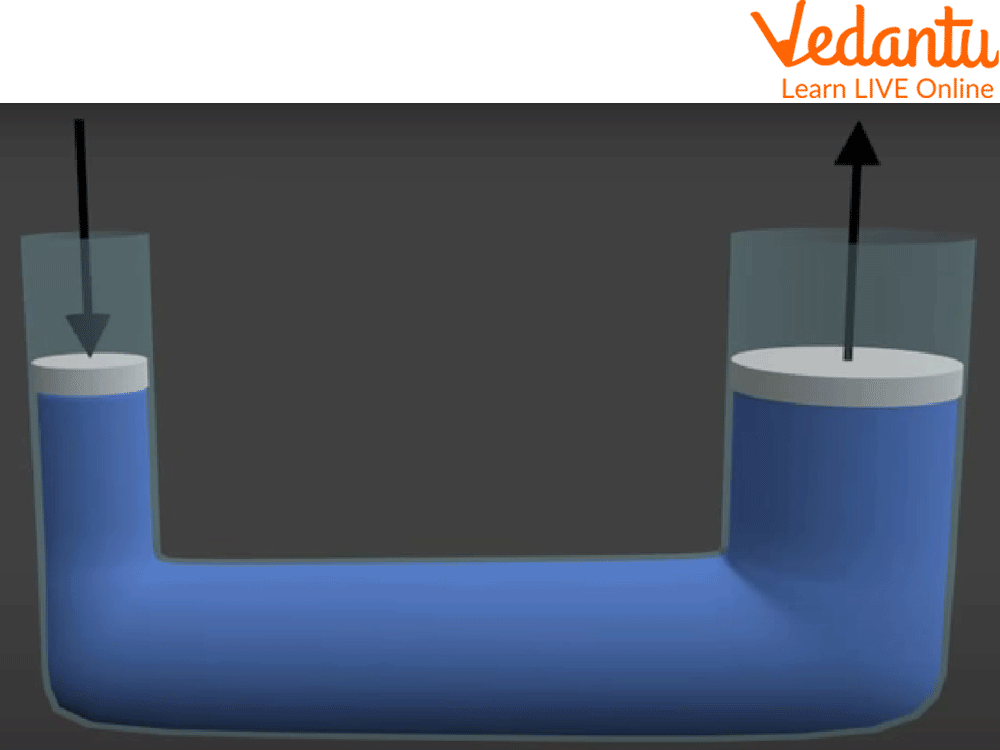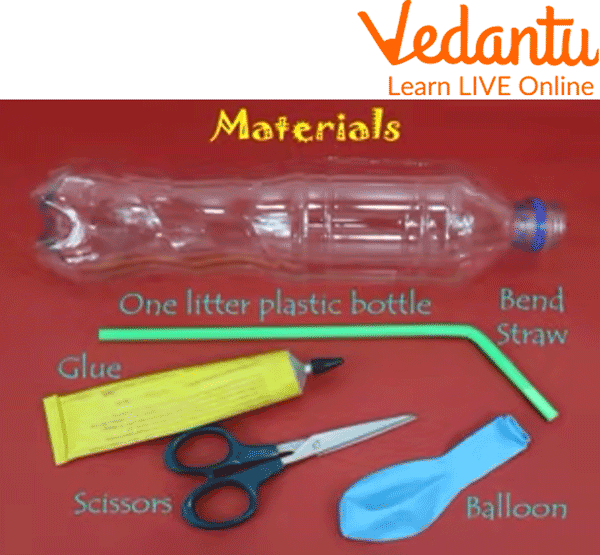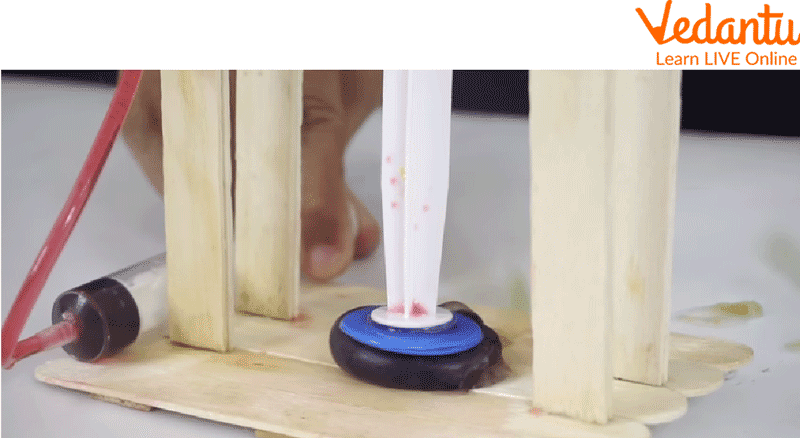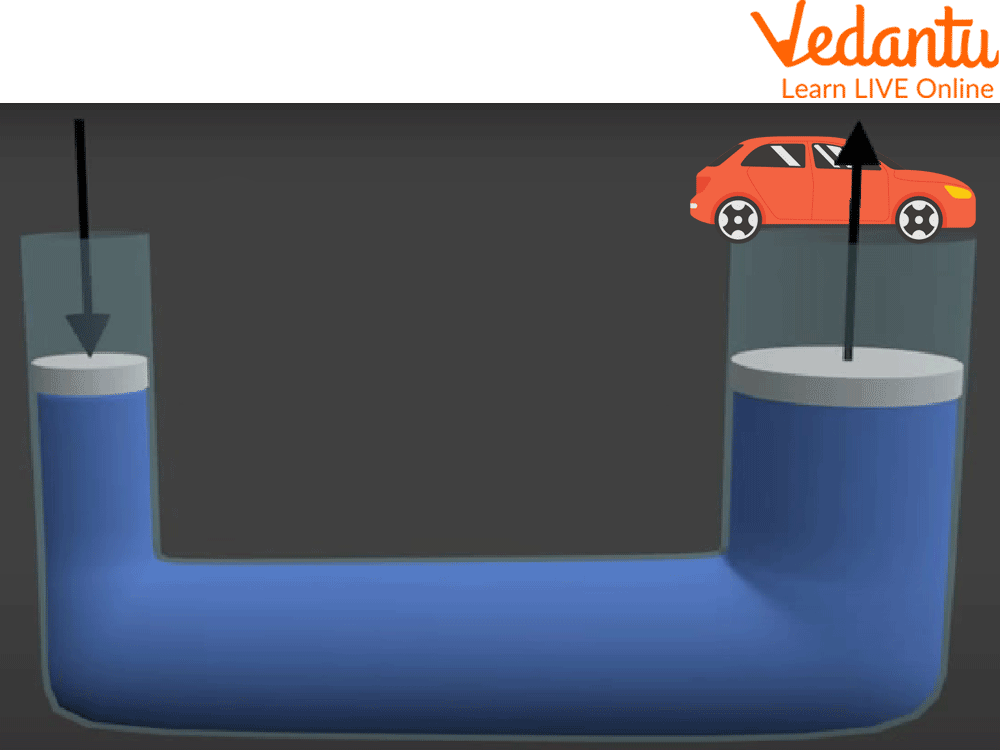




An Overview of Hydraulics
Have you ever heard of hydraulic brakes or hydraulic lifts? Hydraulic systems are the lifeblood of almost every machine that you see in the world. They are essential in working machinery and operating farms efficiently. If you have ever wanted to know how these systems work, then this article is for you! In this article, we will cover everything from what a hydraulic system is to its parts and ways to build your own.
Whether you’re a mechanical engineer or not, it doesn’t matter because there are many things you can learn about hydraulics even if you’ve never worked with them before. You don’t need any special tools or training to start learning about hydraulics either. With a little bit of research and some simple DIY projects, anyone can learn how to make a hydraulic system.

Hydraulic Setup
What is Meant by Hydraulics?
Hydraulics is the study of how half of the fluids behave when they are put into motion, this principle of hydraulics applies to fluids that flow through pipes, rivers, or various channels, this can also be applied to fluids that are contained in tanks and other storage containers. The understanding of how hydraulic works has allowed humans to apply to various fields to make their lives easier and led to the creation of powerful machines with the help of the principle.
How do Hydraulics Work?
A hydraulic press typically consists of two cylinders that are filled with a fluid called hydraulic fluids, for example, any oil. Two pistons are fixed on the ends of these cylinders and are placed such that they are in contact with the fluid. Pressure is transferred throughout the fluid when a specific force is given to the smaller portion of the piston. The pressure is transferred as such to the other broader portion of the piston.
In a hydraulic system, the hydraulic fluid that transfers energy from one place to another exemplifies the concept of Pascal's law. The hydraulic fluid can carry power instantly since it is almost incompressible.
Hydraulics Basics
The hydraulic basics are to know what a hydraulic system consists of. The driver, the pump, the control valves, the motor, and the load are the five most basic parts that make up the whole hydraulic system. Then comes an engine which is used to power the system and the engine can be of any type. Pressure is raised with the help of a pump.
The basic components of hydraulic systems are listed below:
The hydraulic pump is operated by an electric motor.
There is the hydraulic fluid in the reservoir or containers.
When the fluid is pushed through the system, the hydraulic pump transforms mechanical energy into hydraulic power and transmits it from one end to the other.
Then comes the valves which regulate the liquid's flow and, if necessary, release the unnecessary pressure out from the system.
At last, energy is transformed back into mechanical energy with the help of a connected hydraulic cylinder.
Although there are many different hydraulic systems, they all share the same key elements. They are all intended to function in the same function.
Easy Hydraulics System for Kids
Below is a small easy activity to make kids understand easy hydraulics systems.
Materials Required: Balloon, an empty can, tape, an empty plastic bottle, funnel, heavy book, water, scissors, and a short tube length.

Material Required for the Activity
1. Stretch the balloon by inflating it and then deflating it.
2. Tape the junction between the tubing and the empty balloon. Attaching the funnel to the opposite end of the tube and filling it with water will let you determine whether the joint is watertight. Drain the water after removing the funnel.
3. Make the empty bottle just slightly taller than the can by cutting it. Use a pencil to make a tiny hole close to the bottle's bottom.
4. Pass the pipe's free end through the bottle's opening, leaving the balloon inside.
5. Place the bulky book on top of the bottle.
6. Fill the funnel with water and attach it to the pipe.
What happens - The can is raised by the water-filled balloon, and the book follows.

End Setup
The Logical Justification for What Happened During the Experiment
The weight of the water in the funnel provides enough pressure to propel water into the balloon. The balloon then receives this force, which lifts the book.
Since fluids cannot be compressed, even under pressure, they transmit forces more effectively than gases.
Hydraulic Examples
There are various places where the hydraulic system principle is used in our daily lives around us. Hydraulic examples are as follows:
Aeroplane system - In their steering, brake, wing retract door and landing gear systems.
Hydraulic lifts

Hydraulic Brake
Hydraulic brakes
Hydraulics elevators
Summary
To conclude all the learnings from this article, we can say hydraulics is a promising mechanism for various industrial processes. It is highly efficient and takes advantage of the fluid properties of the hydraulic fluid used throughout the system. In this article, we also looked at various parts of the hydraulic system and how they are arranged all together. Then we looked at an experiment that we all can do at the ease of our homes. And then looked at examples of things in which a hydraulic system is used which implies how important hydraulics have been in our daily lives.
For mastering hydraulics, kids can be given the task to make an easy hydraulic machine at home. With this, we have come to the end of our article on Hydraulic systems where we learned various principles of hydraulic machines as well as how these machines work. In case of any other doubts, feel free to ask in the comments.
FAQs on Hydraulics
1. What exactly is hydraulics?
Hydraulics is a field of science and engineering that deals with the mechanical properties of liquids. At its core, it's about using a confined, pressurised liquid (like oil or water) to do work. This technology is used to create motion or generate force, which is why it's found in everything from car brakes to heavy construction equipment.
2. What is the main principle behind how hydraulic systems work?
The fundamental concept behind hydraulics is Pascal's Law. This law states that when pressure is applied to a confined fluid, the pressure is transmitted equally in all directions throughout the fluid. This principle allows a small force applied to a small area to be converted into a large force over a larger area, effectively multiplying the force.
3. Where can we see examples of hydraulics being used in real life?
Hydraulic systems are very common. Some well-known examples include:
- Vehicle Brakes: When you press the brake pedal, you're using a hydraulic system to push the brake pads against the wheels.
- Construction Equipment: Excavators, cranes, and bulldozers use hydraulics to lift heavy loads and move their powerful arms.
- Car Lifts: The lifts used in garages to raise cars for repair are powered by hydraulics.
- Aeroplane Controls: Wing flaps and landing gear on aircraft are often controlled by hydraulic systems.
4. What types of fluids are used in hydraulic machines?
Most hydraulic systems use a specific type of fluid designed for the job. The three main categories are:
- Petroleum-based fluids: These are the most common due to their good lubrication properties and availability.
- Water-based fluids: These are used where fire resistance is very important.
- Synthetic fluids: These are man-made fluids engineered for high-performance applications, such as in aviation.
5. How is a hydraulic system different from a pneumatic system?
The main difference is the medium they use to transmit power. A hydraulic system uses a liquid (like oil), which is nearly incompressible. A pneumatic system uses a gas (like air), which is highly compressible. This makes hydraulic systems better for tasks requiring immense force and precise control, while pneumatic systems are often used for faster, less force-intensive actions.
6. Why is oil a better choice than water for most hydraulic systems?
While water can be used, oil is generally preferred for several key reasons. Oil is an excellent lubricant, which reduces wear and tear on the system's moving parts like pumps and pistons. It also helps prevent rust and corrosion. Water, on the other hand, can cause parts to rust and doesn't provide the same level of lubrication.
7. What would happen if air bubbles got trapped in a hydraulic brake line?
If air gets into a hydraulic system, it can be very dangerous. Because air is compressible and the hydraulic fluid is not, pressing the brake pedal would first squeeze the air bubble instead of moving the fluid. This would make the brakes feel soft or 'spongy' and severely reduce their stopping power, as the force is no longer being transmitted effectively.
8. What is the importance of hydraulics in civil engineering?
In civil engineering, hydraulics is crucial for designing and managing water-related structures. It's used for planning dams, canals, bridges, and pipelines. Engineers use hydraulic principles to understand water flow, manage flood control systems, and ensure the stability and safety of structures that interact with large bodies of water.





















